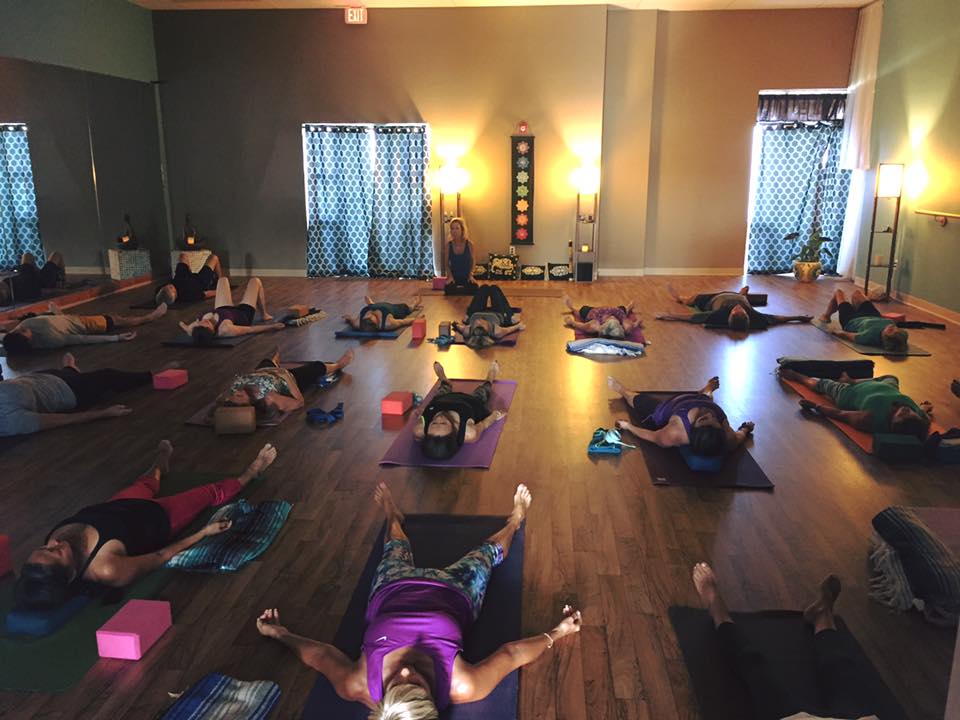Yoga Nidra, not Meditation

No, I do not mean mean we should not meditate, just that Yoga Nidra is another powerful form of a yoga wellness practice to go deeper. It induces Yogic Sleep, a state between wakefulness and sleep, when we enter the brain's Theta Waves. This ancient method has evolved over thousands of years. Some branches of the military use it to reduce anxiety, induce calm.
Seated or lying down, in an awake state of consciousness while focusing the mind, we can allow thoughts to come and go. Yoga Nidra and meditation both prepare us to reach Theta. After Theta we may enter the Delta brainwaves, for deeper healing when we do sleep. Falling asleep during either practice is not the focus, creating calm is the goal.
Yoga Nidra uses guided imagery.
Plan to practice for 7-10 minutes even up to 45 minutes.
Set an Intention, why you’re practicing.
Get Centered and Comfortable, practice some Equal Part (Inhale/Exhale) Diaphragmatic led Breathing.
Scan Your Body focusing on certain areas during the scan with sensations traveling through your body.
Reflect on your practice and the shift in how you feel.
Transition Back gently into your waking, more alert yet calm state of life.
Yoga Nidra works with your autonomic nervous system which regulates involuntary processes of the body without conscious effort. For instance, your heartbeat, breathing, digestion and blood flow. It helps tame your sympathetic nervous system; mainly, your "fight-or-flight" response, by activating the parasympathetic, our "rest and digest" to restore. When balanced we simply feel better. Our bodies are better able to heal and protect us.
Breathe, let go of distractions, center in, experience the endless possibilities for peacefulness and clarity.
Gina
Fusion Owner, Registered Yoga Teacher, Reiki Master Teacher, R.N.
BREATHE. MOVE. CONNECT
